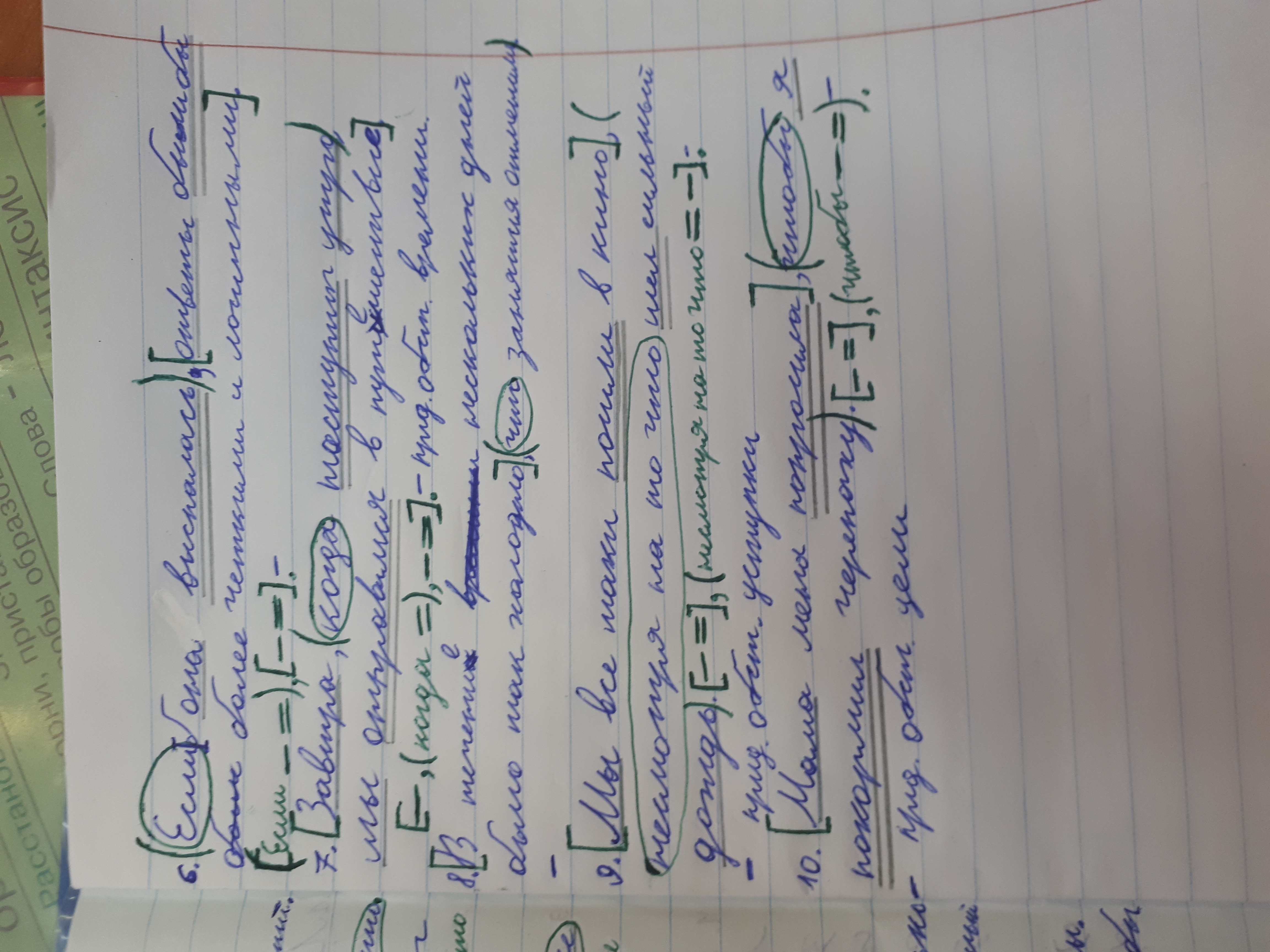Предмет: Русский язык,
автор: табвтсдч
проверьте пожалуйста и подскажите тип прид
Приложения:

Ответы
Автор ответа:
0
6- придат.условия, 8-следствия
7 схема неправильная завтра-обстоятельство, убрать до придаточного в схеме подлежащее, в придаточном дорисовать подлежащее
7 схема неправильная завтра-обстоятельство, убрать до придаточного в схеме подлежащее, в придаточном дорисовать подлежащее
Похожие вопросы
Предмет: Математика,
автор: Gunay8900
Предмет: Физика,
автор: sssknk
Предмет: Қазақ тiлi,
автор: rasulalikeevv
Предмет: Геометрия,
автор: mhohlov3
Предмет: География,
автор: mriivvv4